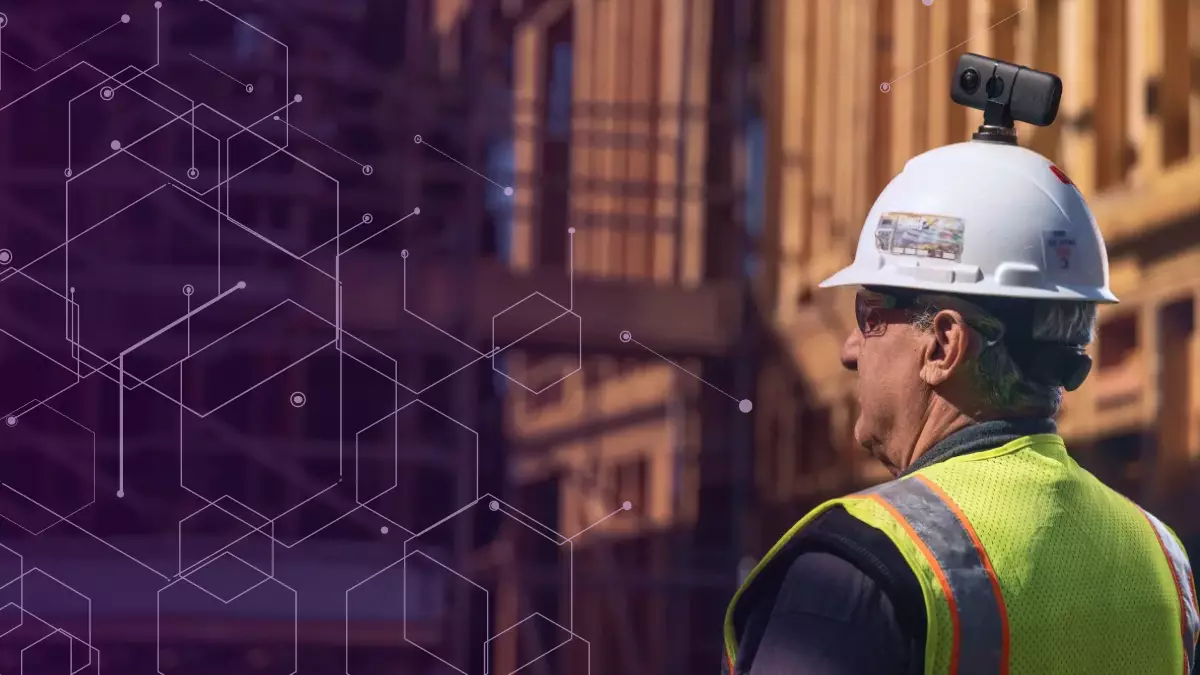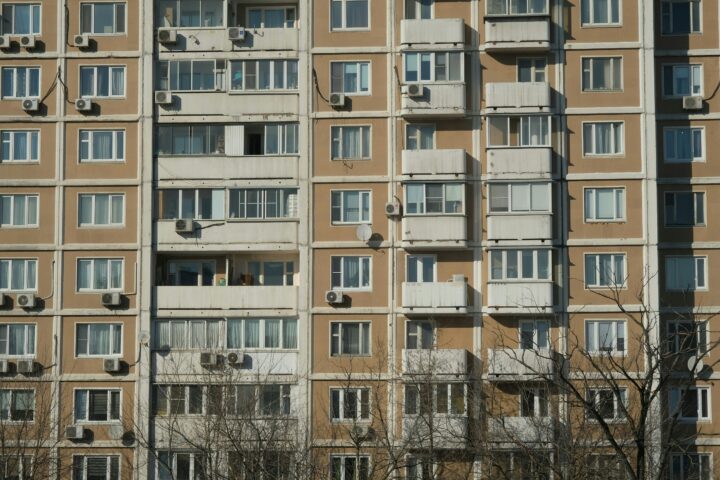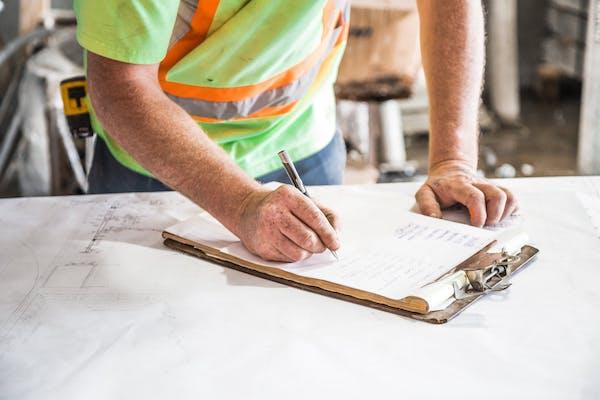The construction industry is dependent mainly upon supervision and continuous surveillance. Not only the execution of scheduled tasks is critical, but safety at the site is also the ultimate need. Artificial intelligence and data annotation services altering the business have proven the potential to address the construction industry’s current problems. Artificial intelligence is revitalizing by addressing struck‐by accidents, continuously monitoring unsafe conditions, ensuring defect inspection, and monitoring site activities. All these operations are not dependent on complex computers as manual data annotation performs all these tasks equally well.
Process Improvement With AI
Tracking and scheduling the processes have been significant activities since the project’s inception. With data annotation applications, construction experts can handle reallocation and task scheduling. The smart schedule scans the activities and removes the dependency upon one worker or manager. With the right skills, continuous improvements in project planning and execution are achieved.
AI-powered cameras on the construction site take pictures of the current progress. Monitoring is easier when pictures are cross-referenced with the data available in the BIM files. This helps to take contractors, clients, project managers, contractors, and all stakeholders into a single loop to monitor project progress.
AI is a source of cost reduction
Cost overruns are a major challenge for the construction industry. With data annotation, it is now possible to work on factors like project size, job complexity, materials, contract type, and estimated costs dependent on similarities to preceding projects. While calculating the overall cost and considering risks and challenges, AI plays its part in cost reduction.
Off-site Construction Made Possible
Construction companies nowadays rely on off-site factories to produce building materials through automated processes. Giant structures like walls can be completed through assembly-line style by image annotation services. With AI technology, self-directed machinery enables on-site workers to complete work like HVAC, plumbing, and electrical fitting more efficiently.
AI Minimizing The Risk Factor
In 2015, more than 27,000 occupational injuries in the construction industry resulted in hospitalizations and days away from work. Of these accidents, approximately 75% were preventable. The majority of these injuries occurred during fieldwork or building site inspections. With the help of Artificial Intelligence (AI) and automation, this number can be reduced significantly.
A combination of AI and automation will be needed to reduce errors and increase safety. Here are some ways AI and automation could help in preventing errors:
Automated inspections – Using advanced cameras and sensors, automated inspections can detect structural defects in buildings before or after they have been built. This technology can also be used for other applications, such as detecting possible threats like sinkholes or leaks in pipes before they occur – which could save lives!
Employee Attendance – No More a Hustle with AI
Unorganized labor force and third-party outsourcing are the greatest challenges for the construction industry. With image annotation, facial and automatic number plate recognition is now possible through on-site cameras.
Virtual Design and Construction (VDC)
Virtual design and construction(VDC) is a new technology that uses artificial intelligence to help the construction industry. It’s based on the idea that computer simulations can help predict how a building will perform in the future. This concept has been around for decades, but it’s only recently become possible with the development of faster computers and more powerful software. VDC helps engineers make smarter decisions about how to build structures and save time and money along the way.
Data Annotation and AI – a smart combination for a Smarter Construction
Planning and modeling through generative designs are quite common in the construction industry. It would need 3D point cloud annotation. Initially, this technology was applied in the automotive sector, where 3D point cloud annotation was applied to annotate the BIM files. The image annotation services provide labeling of the objects in the 3D point cloud. Semantic segmentation annotates the precise details of the 3D point cloud.
AI technology measures progress. Various images from construction sites will be treated that include both pre- and post-construction phases ensuring completion of the project in much lesser time. The AI experts will label all images, such as worker activities, possible injury to the materials, and all the critical actions involved in the project.
With advanced image annotation services available in the market, the construction industry is on the verge of digitalization.
Conclusion
AI can perform plenty of tasks, making it an essential part of our future. The construction industry has long seen the value in using AI to improve their work. One way is using data annotation and artificial intelligence to get the insights they need to improve their business processes and profit margins. It will be interesting to see how artificial intelligence follows its way into the construction industry and what kind of impact it can make.
















